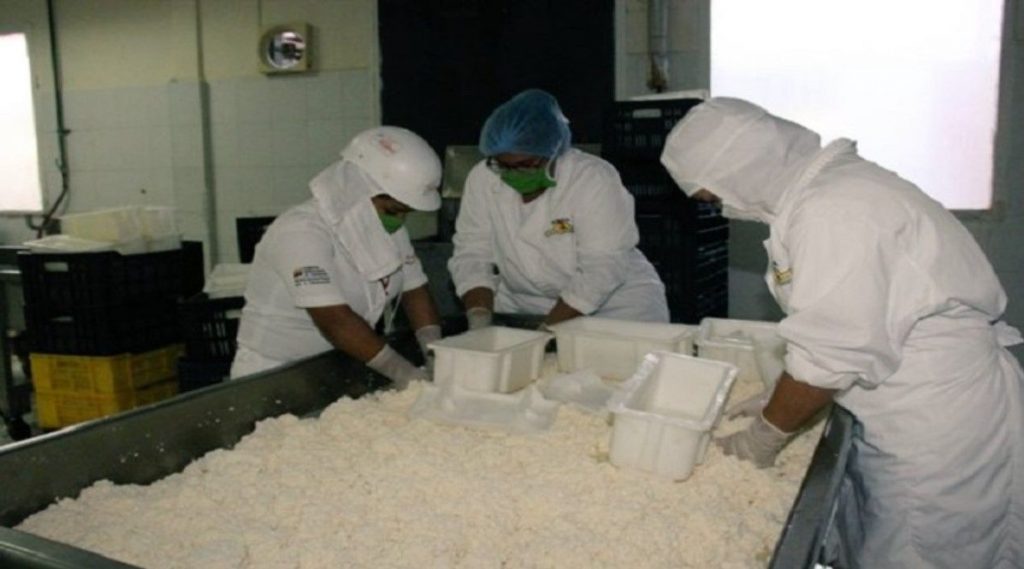This ship, which left Port Napier, hit a typhoon and is now nowhere to be found, with two crew members alive, one found dead and 40 others, who were just doing their job, missing.
My thoughts go out to the families of those crew members, but this piece is about the cows.
We have had approximately 20,000 live dairy cows leave Port Taranaki this year, destined for China’s dairy industry.
The Gulf Livestock 1, the ship that is missing, left the same week as the Yangtze Fortune sailed from Taranaki.
There has been public outrage – and I have been quite vocal about it – that approximately 40,000 live cows have been exported from NZ since January 2020.
As a representative of our district I felt compelled to speak out as there has been disgust from some Taranaki Regional Council (TRC) ratepayers who are angry and disappointed that Taranaki is shipping cows out of our very own port, a port that is owned by our community.
Live export for slaughter was banned in 2003, but a loophole means that it is acceptable and legal to export animals for breeding purposes.
There are two arguments here:
First, why would we send our prime dairy cows to an industry with which we are in direct competition? As a business strategy I cannot comprehend it. There is not one business I know that would sell their top product to their competitors.
Second, how can we sleep at night sending our cows to a country with no animal welfare regulations for either the cows but also for the calves that get taken from their mothers a couple of days after birth?
We have seen the footage of how bobby calves have been treated in New Zealand with our own animal welfare regulations; just imagine what these calves go through in China.
All this occurs after we put these cows through the trauma of being on a ship for 20 days at sea, which is such a foreign environment and completely unnatural for a cow.
We load them into cramped stalls, where they cannot show natural behaviour (breach of Animal Welfare Act 1999); we dump all their waste into our ocean (environmentally not very friendly); feed them only on grains, take a pay cheque and wish them all the best.
According to MPI’s export voyage reports, the April 2020 export of 4,417 cows from Port Taranaki had a mortality rate of 13 deaths on the journey.
On the July 9 voyage there were four deaths from Port Taranaki and another 13 deaths on the July 11 voyage from Napier.
MPI states: “The exporter reported higher than expected mortalities (on the April) voyage and attributed them to heat stress and the reoccurrence of salmonellosis. The mortalities did not reach levels that require immediate notification to MPI”.
If this isn’t a warning sign that the cows are stressed, suffering from the heat and the poor conditions on a ship that is breeding bacteria linked to Salmonella, I am not sure what is.
The incident on Thursday highlights the reality associated with this trade.
There are 5800 innocent, sentient souls dead on board a ship likely at the bottom of the ocean, that have suffered an extremely traumatic and, for some, a long, painful death.
Is this the kind of export we are proud of? Are NZ dairy farmers proud to be associated with this kind of heartless and senseless export?
I have spoken to six local dairy farmers and none of them would sell their cows to China and put them through this kind of suffering.
Live animal shipments show values that are not normally associated with New Zealanders – barbaric, greedy and uncaring of the environment.
As a country, we are better than this. Taranaki, we are better than this.
I am hugely disappointed with Damien O’Connor’s statement on Thursday saying this is an overseas incident.
Legally, MPI monitors the cows’ wellbeing up to six weeks after they arrive in China. So to imply it is not our responsibility is rubbish.
Our TRC, which is the owner of Port Taranaki, has been dodging this issue from the very beginning.
It states it has an independent board for Port Taranaki, yet there are two elected members from TRC sitting on that board and my understanding is that the chair of that board is selected by the TRC.
This is not only bad governance practice, but also it is not really independent from the TRC.
Port Taranaki is owned by the community. Its business helps to offset our TRC rates and helps fund some community ventures.
If this ship had left from Port Taranaki, would you be proud that our port facilitated this to happen?
Your TRC councillors have the power to stop this through their statement of intent with Port Taranaki.
TRC will come out and say this is incorrect, that it is a Government issue. This is simply not true. The Government does not own our Port. We own our port and the elected members of the TRC control it.
They have blood on their hands, and the longer they continue to facilitate this barbaric business, the more our reputation gets tarnished and our farmers’ reputation gets discredited.
There is a petition to stop this that will be presented to the TRC in the coming months. Please support it by going to Taranaki Animal Right Group on Facebook.
Anneka Carlson is a New Plymouth District councillor













